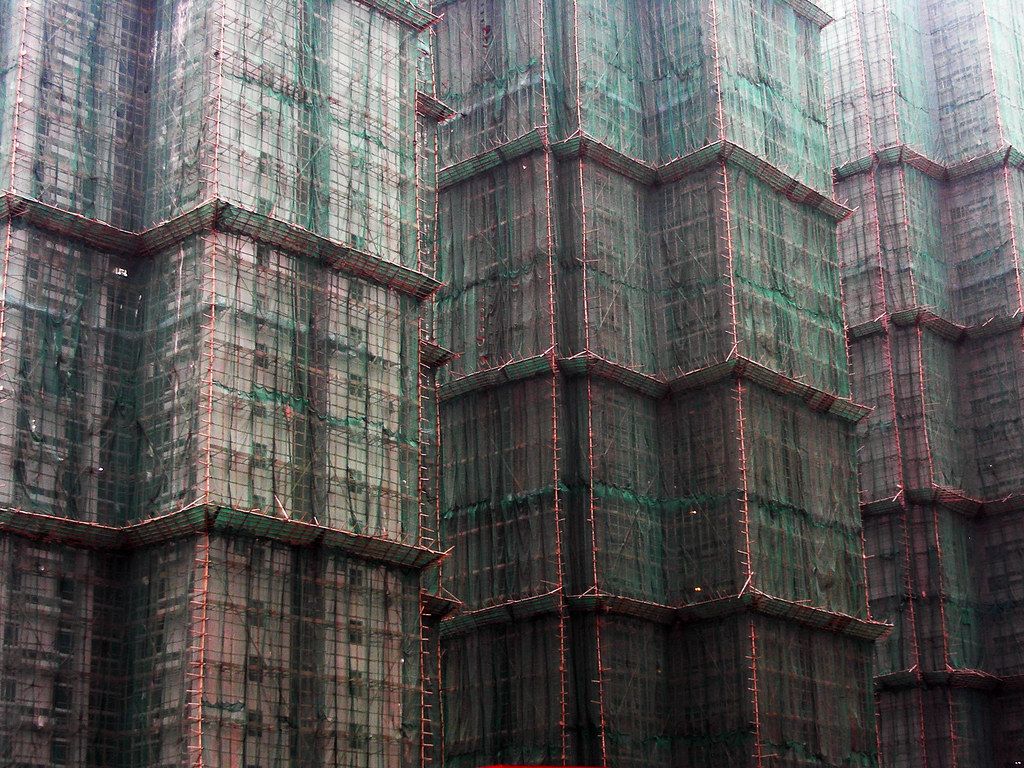Outlines, scaffolds and wearing your structure on the inside

While working on a client presentation over the weekend, a fellow designer and I angsted a bit over the relative merits of presenting work in progress to clients in a descriptive form that left our thought process in the open, versus showing a more streamlined, emblematic package. We didn’t have the luxury of deciding which to go with, but in any case, our angst reminded me of a great passage from Martin Nicolaus’ introduction to Karl Marx’s legendary Grundrisse (literally, “Outlines”), which was basically Marx’s rough draft of Capital:
The inner structure [of Capital] is identical in the main lines to the Grundrisse, except that in the Grundrisse the structure lies on the surface, like a scaffolding, while in Capital it is built in; and this inner structure is nothing other than the materialist dialectic method. In the Grundrisse the method is visible; in Capital it is deliberately, consciously hidden, for the sake of more graphic, concrete, vivid and therefore more materialist-dialectical presentation. (Source.)
It’s a cool observation that lets us honour both stages, and yet also get somewhere different. I think this transition — from obvious scaffolding to a more implicit structure via a “more graphic, concrete, vivid” presentation — also represents our awesome challenge as designers. To be true to each step in the design process, but end up with something that’s more palpable to people than a piece of “mental sausage” in a process diagram (no matter how sexy that might be at the time!).
In the Hegelian philosophy that Marx “inherited”, the term for such acts of transition is Aufheben, a German word which has no English equivalent, but that can simultaneously mean something like “abolish”, “preserve” and “transcend”. It’s easy to fold this kind of terminology into a predetermined idea of “conservative destiny” — Hegel himself did this, by all accounts, and my sympathies have usually been with philosophies that emphasise horizontal guerilla tactics instead of some grand, upward motion. But these days I’m getting a vibe from “Aufheben” that’s far more alive, less predictable and full of friction and transformation — faithful to our earlier steps, but not as some kind of veneration. Moving on, but not necessarily in an obvious direction. (This was no doubt Marx’s intention: to use Hegel to move on from Hegel’s own limits, rather than be properly “Hegelian”.) In terms of my own practice, this means having more arguments, more productive friction, and to avoid making the design process one long line of steps towards a predestined end point. Hebt auf, designers!
